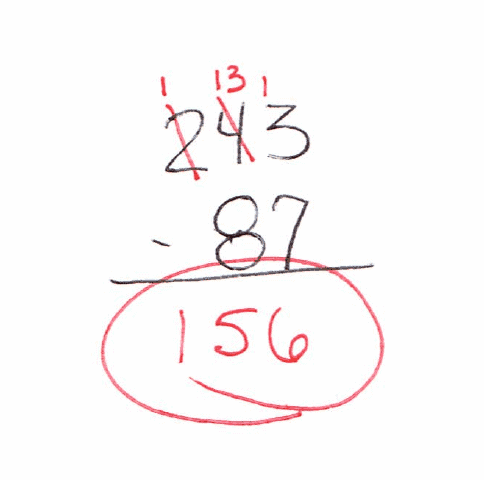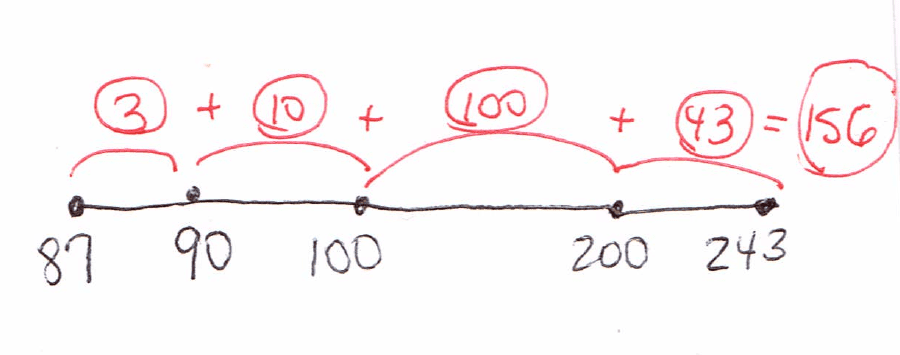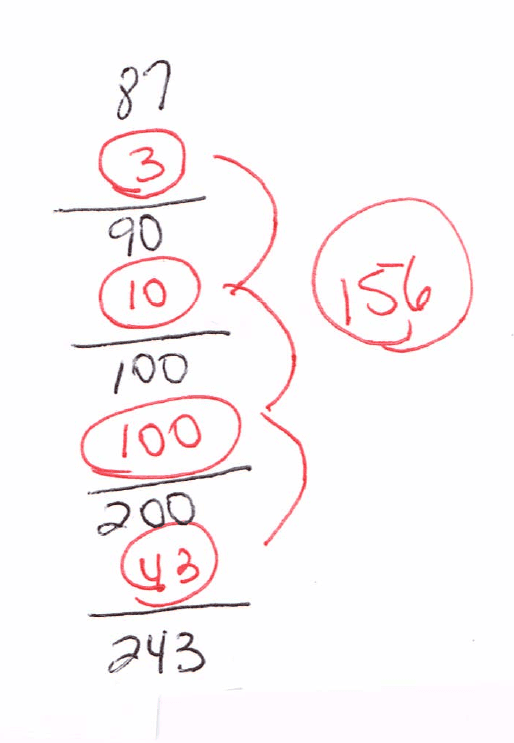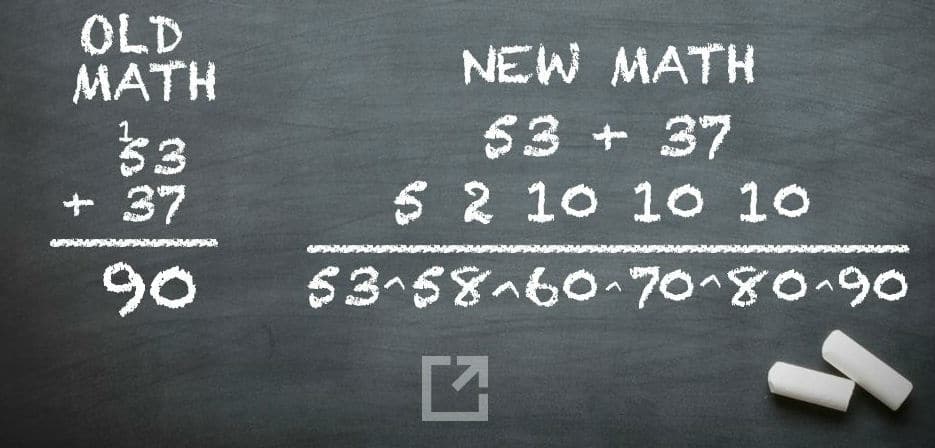For those parents and nannies who were taught traditional math, helping children with common core math homework can be a struggle. It helps to understand the underlying concept of common core math – namely that numbers are just made up of other numbers.
What is Common Core?
Common core is a teaching methodology meant to help children understand math in a way that ties it into the real world, rather than teaching them a method for quickly solving equations on paper. Common core teaches math using “number sense” instead of teaching a sequence of steps.
Traditional Subtraction
Traditionally, math was taught as a recipe so that when the steps are completed in the correct order, the correct answer is revealed. The traditional method works well for linear thinkers and those who understand that events should happen in a specific order.
Once learned, the steps are quick and easy. Let’s illustrate this approach with a subtraction problem. If you have 243 and are subtracting 87 using a traditional math approach, you use the following steps that include borrowing.
- Borrow 10 from the 4 to get 13

- Subtract 13-7
- Borrow 10 from the 2 to get 13
- Subtract 13-8
- Drop the 1
- Answer is 156
Common Core – Number Line
Using the same subtraction problem, one common core approach uses a number line. Start by drawing the number line with the two numbers at each end. Then, find the distance between the two points, taking hops to get to round numbers. The first hop is from 87 to 90 or 3. The next hop is from 90 to 100 or 10. The next hop is from 100 to 200 or 100. The final hop is from 200 to 243 or 43. Adding the hops together (3+10+100+43) equals 156 and represents the total distance between the two points.

Common Core – Counting Up

Using the same subtraction problem, another common core approach uses the counting up method. While similar to the number line, it uses a vertical structure. First, you count from 87 to 90 and get 3. Then, you want to go to the next big round number which is 100. So, you need 10 to go from 90 to 100. Then, you need to go from 100 to 200. Finally, you need 43. Counting it all up, you add 3+10+100+43 to get 156.
If you didn’t grow up learning common core math, you’ll have a bit of work to do before you can help a child with their homework. The good news is that math books and handouts teach the skills children need to be successful and provide examples. Instead of confusing the child with a new approach, take a few minutes to learn the lesson and the preferred methodology. Then, you’ll be able to help the child learn math in a way that is consistent with the methods taught in school.


Recent Comments